
Bat
Bat
Bat
When you think of bats, you might think of the animal that inspired Batman’s logo. They fly around with their black wings spread wide. When they rest, they can hang upside down and spend time that way. Bats are nocturnal and blend into the darkness, so you might not see them very often. However, they actually live close to us. Let’s explore what kind of creatures bats are.
Bat Basic Infomation
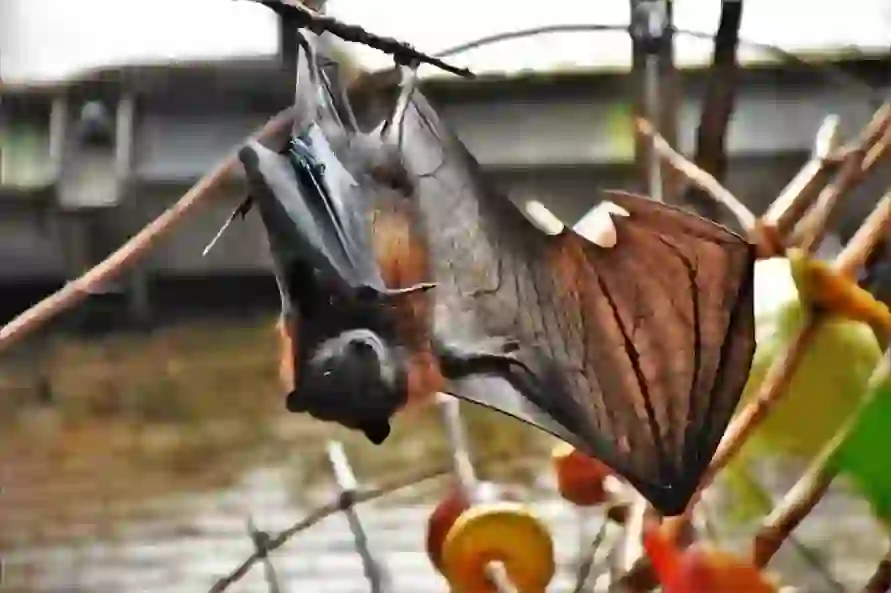
Mammalia-Chiroptera. Largest species:Golden-capped fruit bat. Wingspan:150~170㎝ length:30㎝ weight:1.1~1.4kg.
Smallest species:Kitti's hog-nosed bat. Wingspan:15~17㎝ length:2.9~3.3㎝ weight:not clear. Bats exist in about 980 species. They live widely around the world.
There are about 35 species of bats that live in Japan. There are more bats living in Japan than you might think. Of these 35 species of bats, the one that is closest to us is the “Japanese house bat”. It is also called house bat. The reason for the nickname is that it is a bat that uses human houses as its habitat. What kind of places in the house do they use as their habitat? The places where bats often hide are under the eaves, in the attic, in the gaps between shutters and roofs, in ventilation openings, and in gaps between tiles. Bats can hide in many places that you might not expect. There are four common characteristics of places where bats live: 1)A place where rain and wind can be prevented. 2)A warm place. 3)A place where it is easy to go to secure food. 4)A place with a gap of about 1-2 cm. Bats can skillfully enter various places through small gaps. In the case of Japanese house bat, it is not only used as a habitat for humans but also as a breeding ground.
Did you know that bat reproduction is done in a slightly special way? This special method is called delayed implantation. Delayed implantation means that sperm obtained by mating can be stored in the body without fertilization. The reason why fertilization is delayed is related to the season. Bat mating takes place during the winter, but it can be difficult to raise offspring if they become pregnant right away. That’s because bats have little food during the winter, making it difficult to raise offspring. Since males do not participate in child-rearing, it is difficult for females to raise offspring while searching for food. Therefore, females only become pregnant during warm periods when food is abundant. Bats give birth about 70 days after becoming pregnant. The position of birth is also characteristic of bats, as they give birth while hanging upside down. When you imagine the position, you might worry that the baby will fall. Mother bats catch their babies with their wings so they don’t fall. Also, like humans, mothers and babies are connected by umbilical cords. Two to three babies are born at once. They are breastfed for two weeks and then taught how to get food from their mother before becoming independent after one month. It feels fast that they become independent about a month after being born.
Bat Q&A

Where does the bat get its name?
In English, it is called “bat,” but in Japanese it is called “koumori.” Why is it called “koumori” in Japanese? Let me introduce you to the origin. Bats were already living in Japan around the Heian period. The name has undergone sound changes over time and has come to be called “koumori.” There are two theories about the origin of the name “koumori.” The first theory is that it changed from “kahahori” which was used in the Heian period to “kahabori” and then became “koumori.” The second theory is that it comes from their habitat or food. ・It means “kawamori”(river protector) as they protect rivers. ・It means “kahohuri”(mosquito killer) as they eat mosquitoes. ・It means “kawohori”(wanting mosquitoes) as they like mosquitoes. It is also thought that these names underwent sound changes and became “koumori".
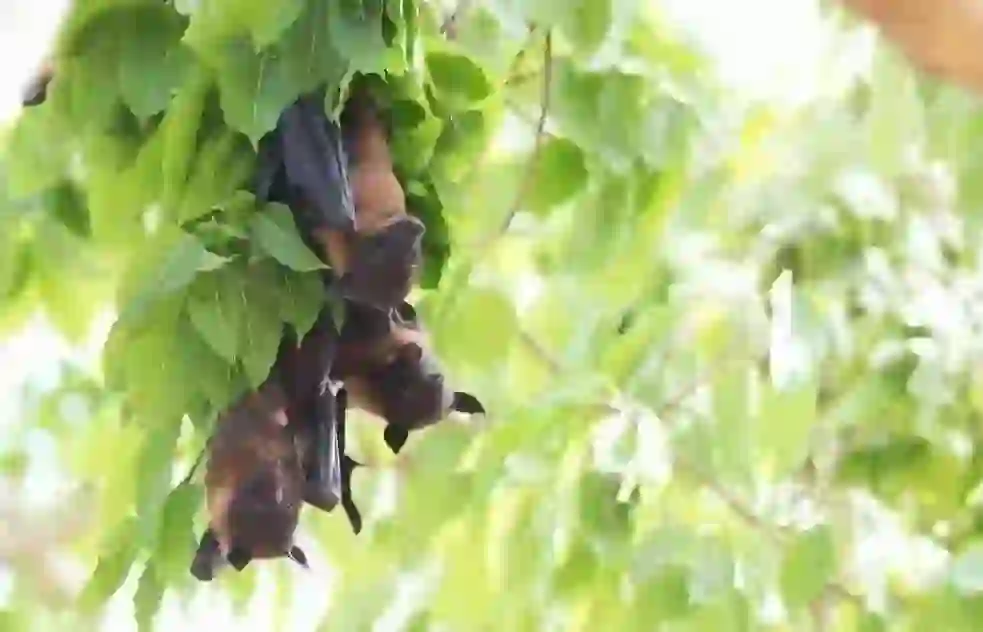
Why do bats live there?
Bats have different habitats depending on the species. Commonly used habitats include caves, tunnels, trees, and human homes. Why do they prefer to live in such places? Bats prefer places that can protect them from rain and wind and where food is easily available. They also like human homes because they can live in warmth. If you are going to live somewhere, it’s best to choose a place where you can live comfortably.
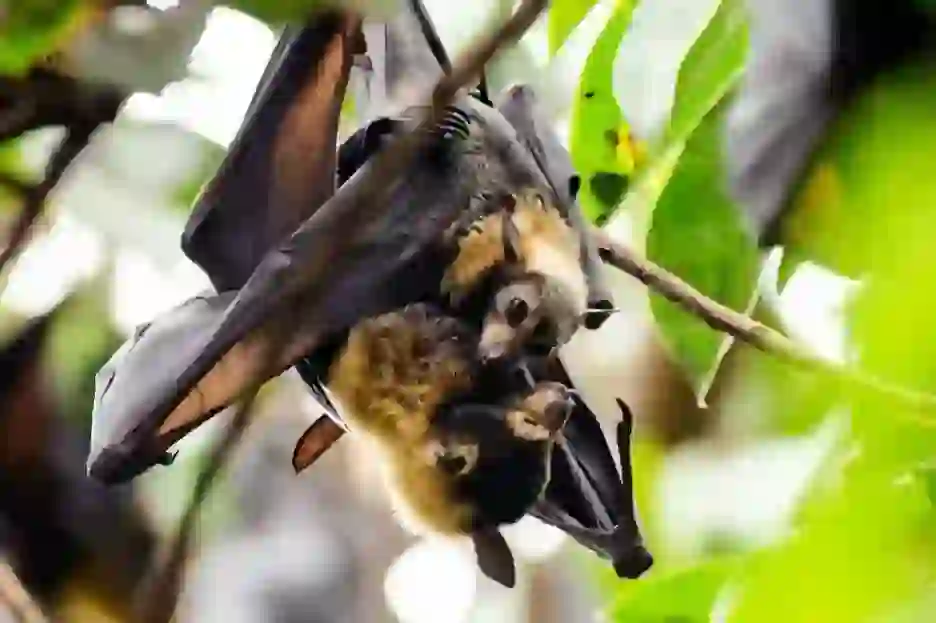
What do bats eat?
Bats can be divided into three types depending on their food. 1)Insect-eating bats. Although I wrote that they eat insects, it is closer to omnivorous. It varies greatly depending on the type of bat and the environment in which it lives. They can eat a wide variety of things such as insects, flower nectar, meat, and fish. In the case of the familiar pipistrelle bat, it eats mosquitoes, midges, moths, and leafhoppers. It seems to eat about 300-500 insects first. It eats insects that humans do not like very much. 2)Fruit-eating bats. Also known as “fruit bats” in other names. The large-bodied and famous flying fox also feeds mainly on fruit. You might imagine that it eats meat because of its size. In some countries, there are regions where fruit bats are eaten as food, so they are considered edible bats. However, eating bats is actually very dangerous. This is because bats have a very high potential for carrying harmful bacteria and infections that are very harmful to humans. Therefore, when traveling abroad, it is not recommended to eat bat dishes.
3)Bats that drink animal blood. When you hear about bats that drink blood, some people may imagine “vampires.” There are only about three species of blood-sucking bats out of 980 species. To drink animal blood, they use their sharp incisors to tear the skin and then insert their tongue into the wound to drink. This type of bat can also share its food, which is blood, with its companions.
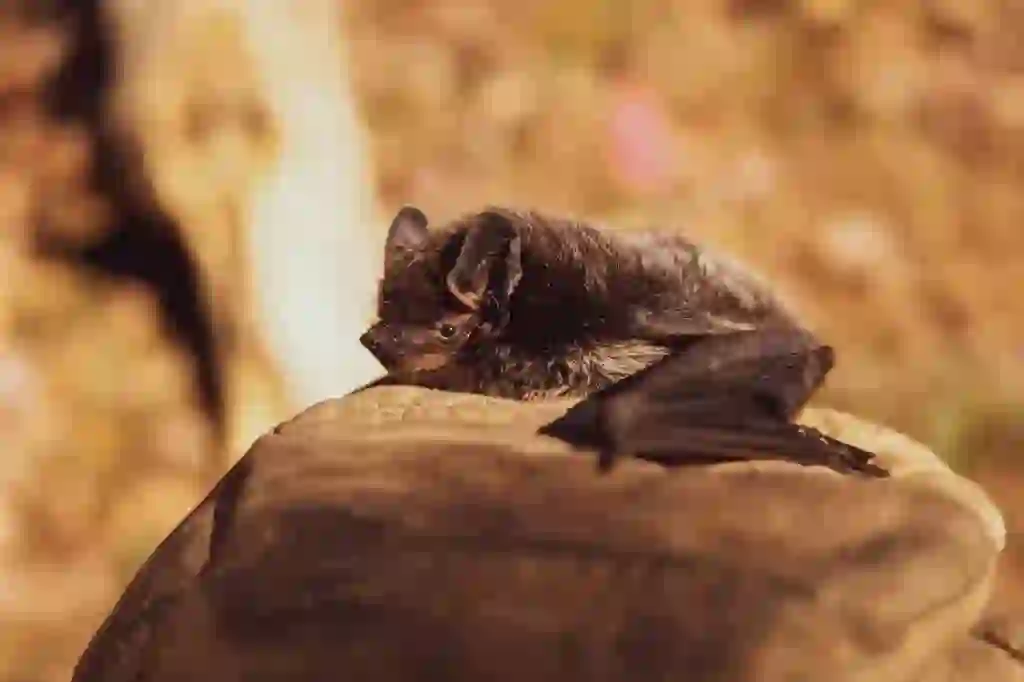
How do bats hunt for food in the dark?
Bats use ultrasonic waves emitted from their throats to find food. Specifically, by emitting ultrasonic waves and reflecting them off obstacles, they can obtain various information such as distance, direction, speed, size, and movement of obstacles. This process of obtaining information using ultrasonic waves is called “echolocation.” Thanks to echolocation, bats can fly around in dense caves without colliding with each other.
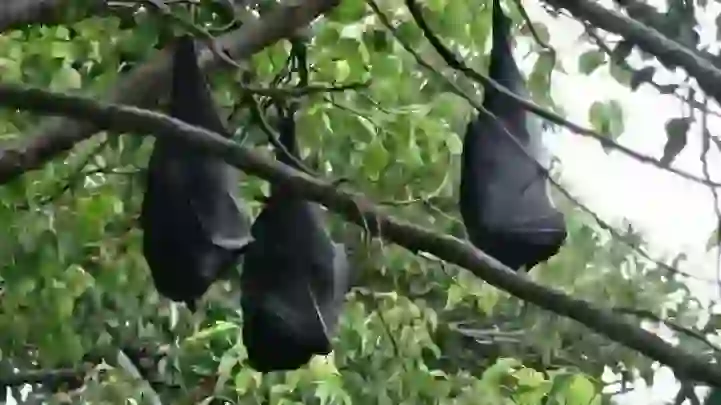
Is it true that bats are the only animals among mammals that can fly?
Mammals are a diverse group of animals with thousands of species, but the only mammals that can fly on their own are bats. Speaking of flying animals, there are also flying squirrels and sugar gliders, but what’s the difference? Flying squirrels and sugar gliders use a “gliding flight” method, which involves gradually falling down from the position they flew from while moving forward. They cannot fly freely using the wind like bats can. That is the difference between how bats and flying squirrels glide.
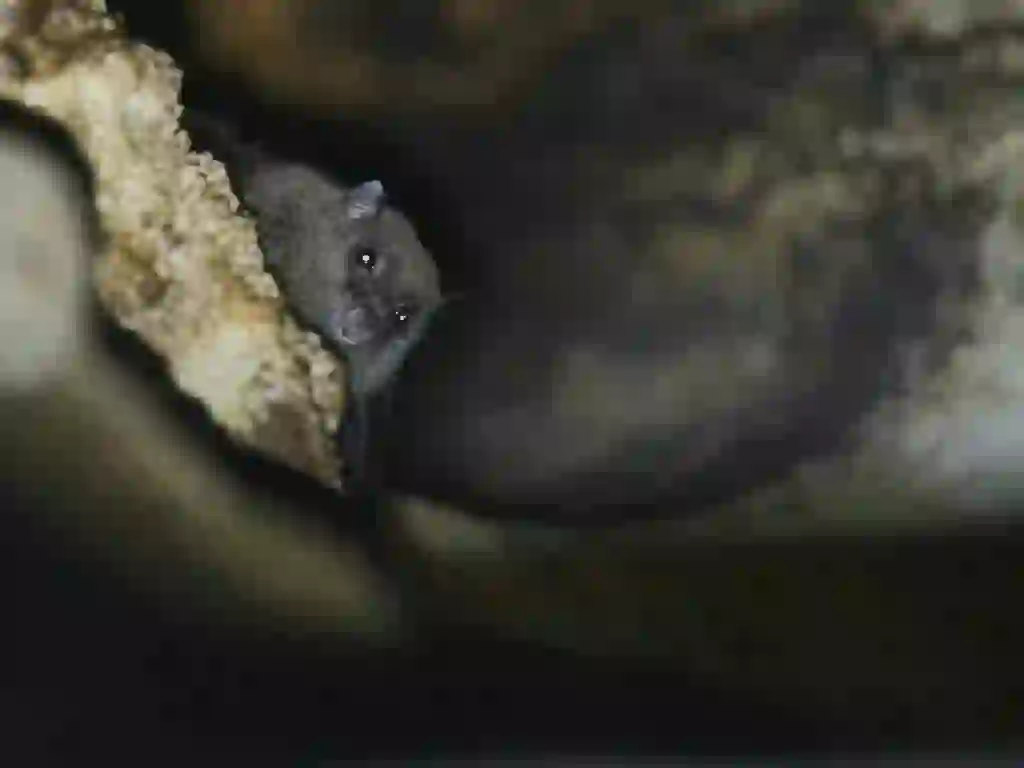
What are bat wings made?
For bats, their wings are their front legs. Like human fingers, the bones are divided into five parts. The bones are connected by a flexible membrane called a “flight membrane” between the bones. When flying, they can use their fingers with flight membranes to fly in complex ways.
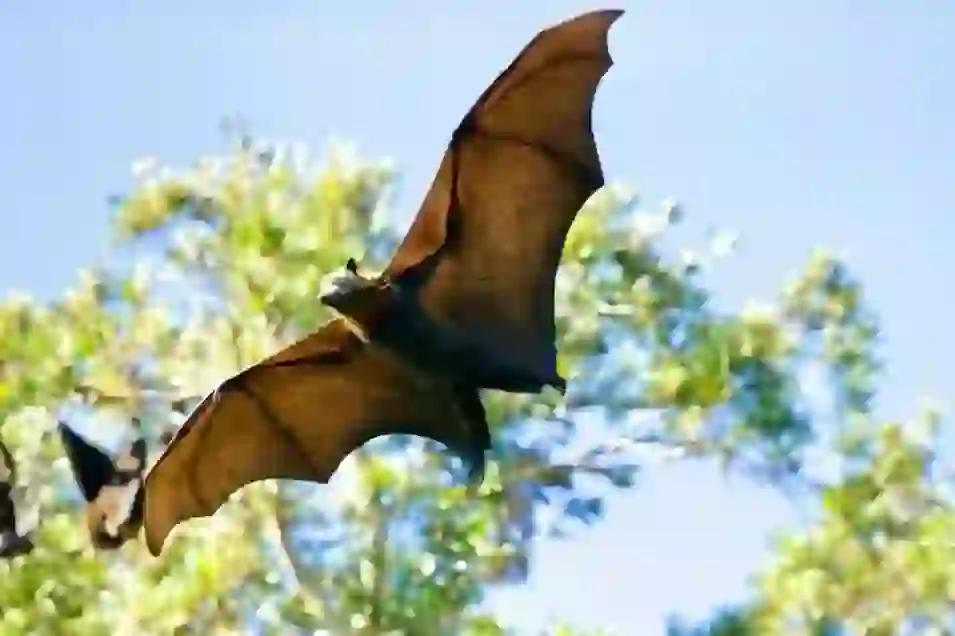
Why do bats hang upside down?
There are two reasons why bats hang upside down. 1)To protect themselves from predators. By hanging high up, they can protect themselves from predators such as snakes and weasels. 2)It’s easier to fly in that position. By hanging upside down, they can take off immediately just by letting go of their feet. They can easily escape even if a predator approaches them.
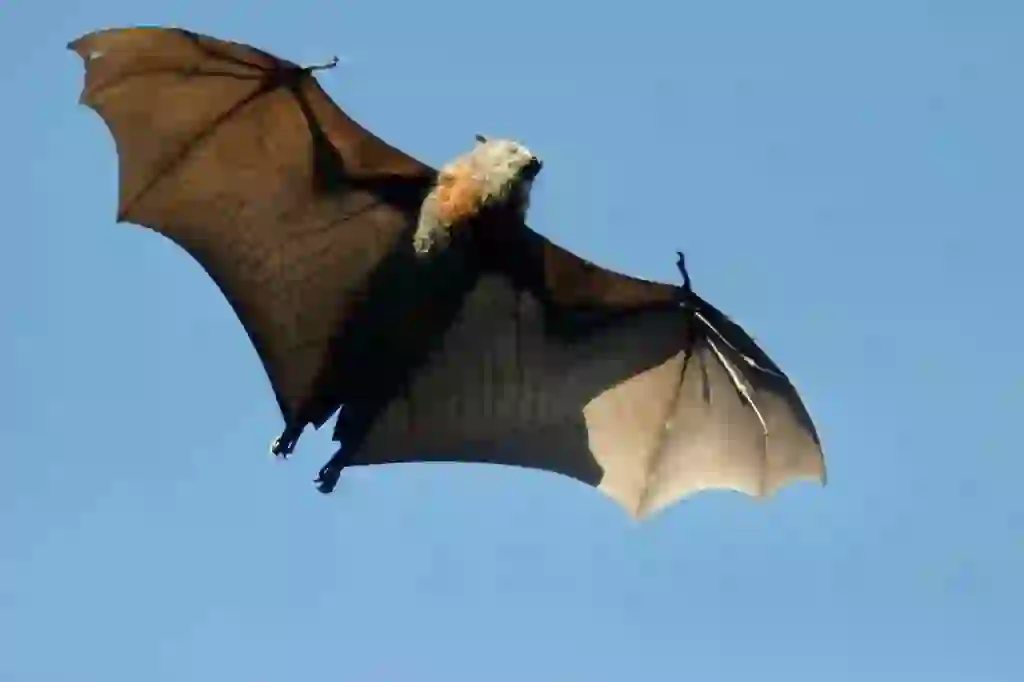
Do bats hibernate?
Bats hibernate from around November to March and become immobile. They generally choose a place that can block rain and wind, such as a cave or a human house. However, the Japanese lesser tube-nosed bat hibernates in an unusual place. They make a cavity in the snow and spend the winter there. Snow has surprisingly good insulation, so it is thought that they can spend the winter more warmly than outside. The Japanese lesser tube-nosed bat intentionally lowers its breathing and heart rate to near-death state. By doing so, they can continue to live with minimal energy.
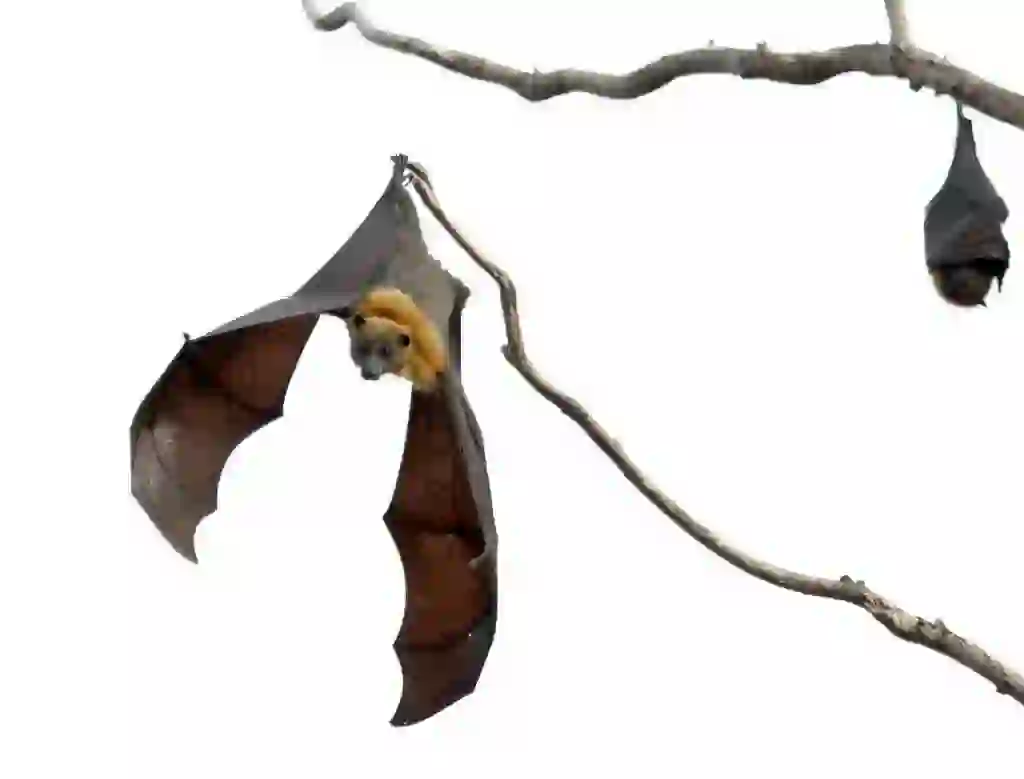
Why is it dangerous to touch bats directly?
Bats are dangerous because they carry parasites such as viruses and mites! In fact, there have been cases overseas where bats have carried rabies and Ebola hemorrhagic fever. Any virus is a very dangerous disease for humans once infected. To avoid infection with viruses and parasites, do not touch bats with your bare hands. If you find a dead bat, use something to pick it up instead of using your hands to handle it. Also, be careful when handling bat droppings. Bat droppings may contain mold spores, which can be harmful if inhaled. When cleaning, be sure to wear a mask, thick gloves, goggles, and other protective gear.
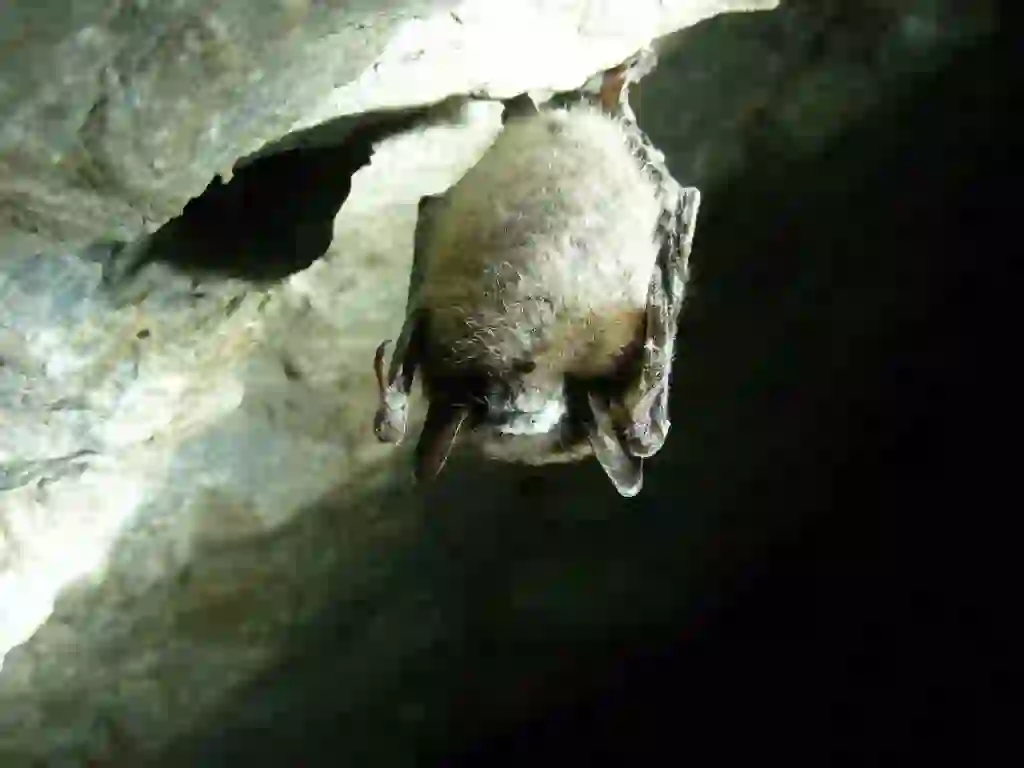
How do I scare away bats?
Some people may be troubled by bats living in their homes. Bats are protected by the “Act on the Protection and Control of Birds and Animals,” which prohibits capture and killing. Therefore, the only thing that can be done is to drive them out. If the homeowner wants to take measures themselves, there is a method of driving out bats with repellents or smoke bombs and then blocking the entrance. However, if even a small gap remains, bats will return because they have a homing instinct. If you want to be sure to drive out bats, you can also rely on professionals. It is safer to leave it to a professional who has knowledge of bats and there is no risk of inhaling bacteria. In addition, they can take measures and clean and disinfect so that bats do not return. It may cost money, but it is a safe and low-risk method.

Would you like to become a part of the 'Animalbook.jp'?
Turn your knowledge into Q&A and share it with the world. ※Publication will be activated after purchase. Let's share information together!
Bat Type of List
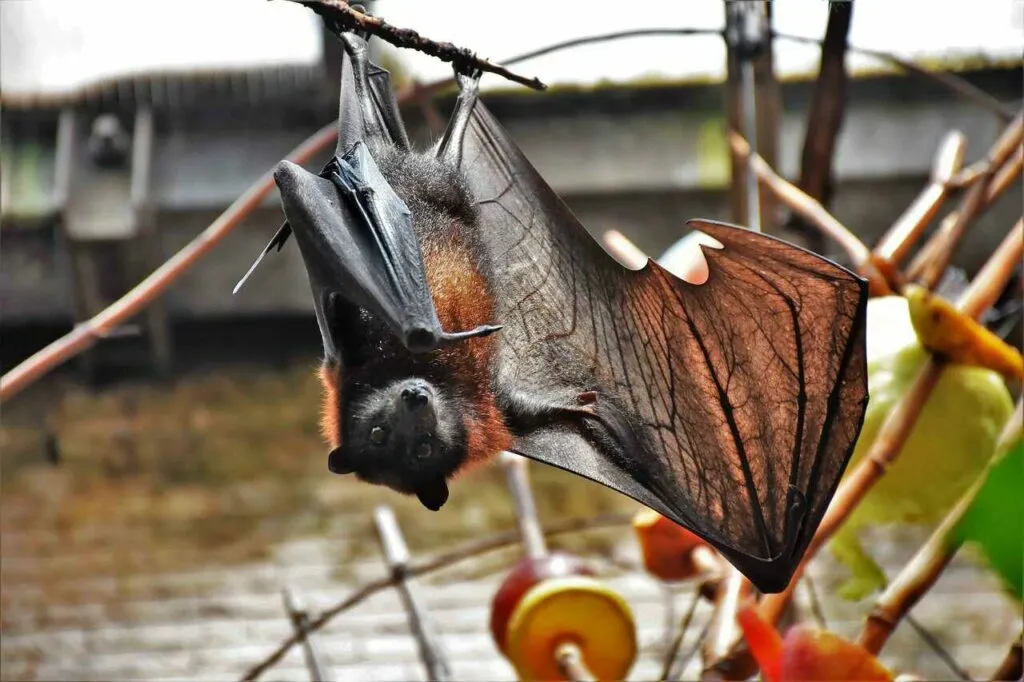
Pteropodidae. 【Pteropus.】 ・Ryukyu flying fox. ・Okinawa flying-fox. ・Bonin Fruit Bat. Molossidae. 【Tadarida.】 ・East Asian free-tailed bat. ・Oriental little free-tailed bat. Hipposideridae. 【Hipposideros.】 ・Bangs' leaf-nosed bat. Rhinolophidae. 【Rhinolophus.】 ・Greater horseshoe bat. ・Little Japanese horseshoe bat. ・Greater houseshoe bat. ・Orii's least horseshoe bat. ・Okinawa little horseshoe bat. ・Rhinolophus pumilus miyakonis. ・Yaeyama Least Horseshoe Bat. ・Iriomote horseshoe bat. Vespertilionidae. 【Myotis.】 ・Copper-winged Bat. ・Tushima Copper-winged Bat. ・Japanese large-fingered myotis. ・Daubenton's bat. ・Myotis daubentoni ussuriensis. ・Whiskered bat. ・Shinano whiskered bat. ・Blackish Whiskered Bat. ・Ikonnikov's Whiskered Bat. ・Shinano whiskered bat.. ・Myotis ikonnikovi yesoensis. ・Myotis fujiensis? ・Myotis ikonnikovi ozensis. ・Long-legged whiskered bat. ・Moytis nattereri. ・Myotis nattereri bombinus. ・Yanbaru whiskered bat 【Pipistrellus.】 ・Japanese Pipistrelle. ・Endo's Pipistrelle. ・Indian Flying Fox. ・Hypsugo alaschanicus. ・Pipistrellus savii coreensis. ・Bonin Fruit Bat. 【Eptesicus.】 ・Eptesicus nilssonii. ・Japanese northern Bat. 【Nyctalus.】 ・Birdlike Noctule. ・Japanese lesser noctule. 【Vespertilio.】 ・Frosted bat. ・Parti-coloured bat. 【Barbastella.】 ・Asian Barbastelle. 【Plecotus.】 ・Brown long-eared bat. ・Japanese long-eared bat. 【Miniopterus.】 ・Eastern Bent-winged Bat. ・Southeast Asian Long-fingered Bat. 【Murina.】 ・Tube-nosed bat. ・Japanese great tube‐nosed bat. ・Ryukyu tube-nosed bat. ・Tsushima tube-nosed bat. Megadermatidae. ・False vampire bat. Pteropodidae. ・Egyptian fruit bat. ・Indian Flying Fox. ・Grey-headed flying fox. ・Rodrigues flying fox. Noctilionidae. ・Fisherman bat. Thyropteridae. ・Thyroptera discifera. ・Thyroptera tricolor. ・Thyroptera devivoi. ・Thyroptera lavali. ・Thyroptera wynneae. Mystacinidae. ・New Zealand greater short-tailed bat. ・New Zealand lesser short-tailed bat. Furipteridae. 【Amorphochilus.】 ・Smoky bat. 【Furipterus.】 ・Thumbless bat. Phyllostomidae. ・Common vampire bat.
Information
Congratulations! You are the first commenter!

Create Your Favorite List!
Bat
Save the animals you love! Build your own list to quickly revisit your favorites later.

Would you like to leave a comment?
※Please note: This is for the purchase of rights to post comments within the article.
Find Your Favorites!
Our shop offers a unique and attractive selection of goods themed around various animals.
Bat References

- ウィキペディア「コウモリ」
- 世界雑学ノート「フィリピンオオコウモリの大きさ(体長や体重)【世界最大級のサイズ】」
- 語源由来辞典「コウモリ」
- コウモリの不思議を追う!コウモリマニア「コウモリの繁殖と子育て」
- Pet Pedia「コウモリのことをもっとよく知ろう!コウモリの特徴や生態、飼い方」
- みんなのコウモリ駆除屋さん「コウモリってこんな動物です!不思議な生態、特徴を徹底解説」
- みんなのコウモリ駆除屋さん「コウモリの巣が屋根裏に!作られやすい場所とプロが教える対処法」
- 本多電子株式会社「生き物に学ぶ〈超音波を効果的に使う動物がいます。〉」
- みんなのコウモリ駆除屋さん「コウモリはどんな菌や感染症を持っていますか?」
- National Geographic「雪の中で冬眠するコウモリ発見 実は樹洞より暖かく」
Bat Introduction of media used
出典:https://www.pexels.com/ja-jp/photo/5659508/

出典:https://pixabay.com/images/id-4865646/

出典:https://unsplash.com/photos/Er7IsQ7cw-o

出典:https://pixabay.com/images/id-3495805/

出典:https://www.pexels.com/ja-jp/photo/3261020/

出典:https://pixabay.com/images/id-3095615/

出典:https://unsplash.com/photos/6Zc8Hh9eZZA

出典:https://unsplash.com/photos/NBEAMs2N47k

出典:https://unsplash.com/photos/_f8IZ0gGS6E

出典:https://unsplash.com/photos/t2Cqd5ta-P8

出典:https://pixabay.com/images/id-386901/

出典:https://unsplash.com/photos/IY1sRDxNWN4
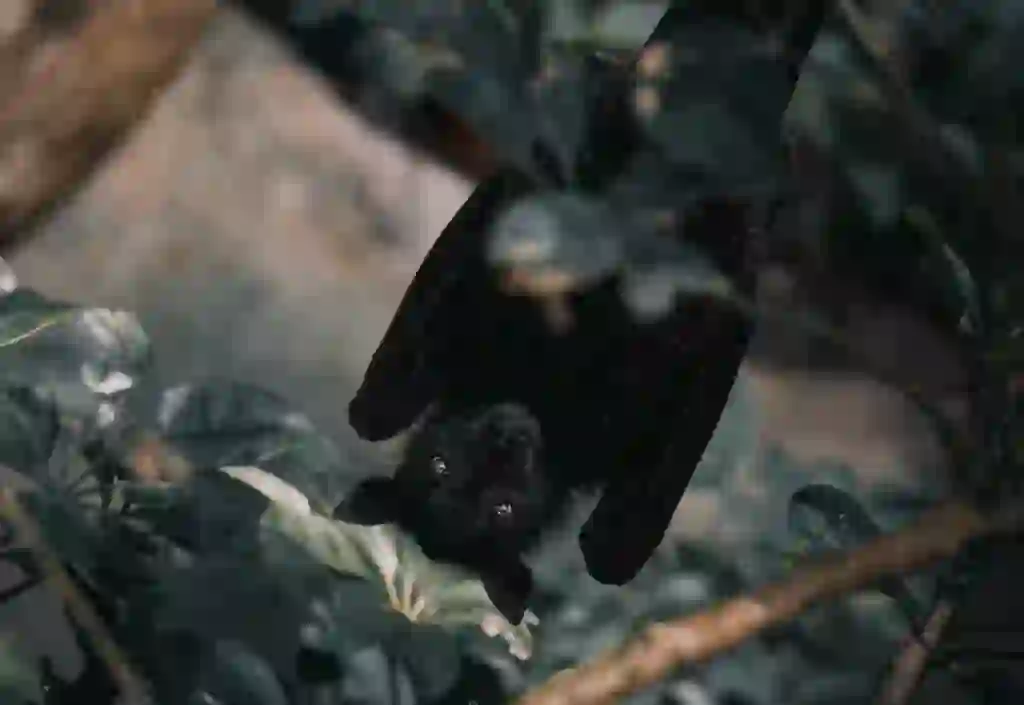
出典:https://unsplash.com/photos/qEB1GXTr_H4

Help Enrich Our Animalbook.jp with Your Media!
We are constantly looking to expand and enrich our Animalbook.jp with amazing photos and videos of animals. If you have any media that you'd like to share, please contribute and help us showcase the beauty and diversity of the animal kingdom. Your submissions will be credited and featured in our encyclopedia, reaching a wide audience of animal lovers.


















